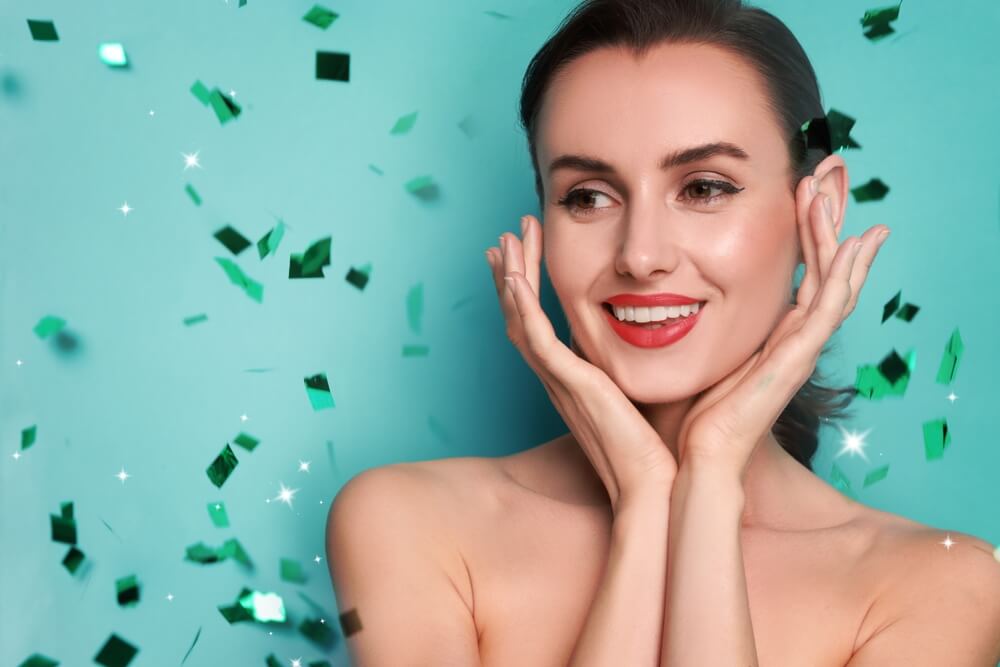Botox was first introduced way back in 1989, and since then Botox uses have steadily increased. Initially introduced for use on two eye muscle disorders, it is now used for many cosmetic and medical conditions worldwide.
What is Botox Treatment?
Botox treatment is the use of Botulinum toxin to relax muscles. This relaxation in the muscles means that even though your brain may signal that a certain part of your body needs to move, it can’t. It can be used for a range of cosmetic and medical conditions including fine lines and wrinkles, migraines, for hyperhidrosis and more.
What is Botox used for?
Migraines
It is thought that Botox can help ease migraines because it works to stop the neurotransmitter chemicals from carrying pain messages. Botox for migraines is an FDA-approved treatment and has been shown to be effective in clinical trials. It’s not, however, a permanent solution.
As Botox is a temporary fix and lasts for around 3-4 months, patients who experience chronic, persistent migraines will need to have repeat injections. So, if you suffer from bad headaches, and you’re wondering, ‘can Botox be used for migraines?’ We’re sure you’ll be pleased to hear the answer is a resounding ‘yes’.
Wrinkles and Fine Lines
No one enjoys seeing their skin age, so it’s little wonder that so many people choose to have a little ‘tweakment’ or two courtesy of Botox. Messages from the brain that tell you to frown, or make a specific expression are stopped, and thus fine lines and wrinkles have a chance to relax and rest so their appearance is improved.
Can you use Botox for Marionette Lines?
Botox for marionette lines isn’t the first choice of aesthetic practitioners, as dermal fillers are the most common option. However, Botox can be used to help improve marionette lines and may be used in conjunction with dermal fillers.
Botox will work to ease the facial muscles that work to pull down the mouth, while dermal fillers will plump up the area. When used together, they can be a powerful tool.
Hair Botox Treatment
The term ‘hair Botox treatment’ is a little bit of a misnomer. That’s because there’s no actual Botox involved in this treatment. Instead, your hair is treated to a deep-conditioning treatment that actually uses a filler such as keratin to coat the fibres of your hair. Thin or broken hair is filled in, frizz is eased, and hair is smoothed and boosted.
Hair botox treatment is ideal if you experience -
- Fine, limp hair
- Frizzy out-of-control hair
- Damaged hair
- Split ends
Botox Treatment for Teeth Grinding
Do you suffer from excessive teeth grinding or do you clench your jaw at night? Botox could really help you. Botox is injected into the masseter muscle in the jaw, which then stops the muscle from being able to clench or grind. This treatment can last between 3-6 months.
Botox for Excessive Sweating
If embarrassing sweat patches ruin your confidence and you find you sweat excessively, Botox could offer you some relief. This condition is called Hyperhidrosis, and whether it’s a sweaty forehead or sweaty underarms, Botox can help.
The International Hyperhidrosis Society has found that Botox treatment for this condition can reduce sweating by a massive 87% for sufferers.
Can you use Botox for Under Eye Bags?
According to experts, under eye bags are best treated using dermal fillers. However, if you’re treating lines around the eyes such as crow’s feet with Botox, you may find that the appearance of your under-eye bags also improves.
Botox Side Effects
Although Botox may offer multiple benefits in the treatment of skin and medical conditions, sadly it doesn’t come without its side effects. According to the NHS, it’s possible that you may experience side effects should you have Botox treatment. These include -
- Bruising and swelling, plus redness at the site of injection
- A headache or even flu symptoms during the initial 24 hours post treatment
- If you have too much Botox, you may look ‘frozen’ as your muscles will become immobile
- If Botox moves into other areas of the face such as your eyelids you may develop a temporary ‘droopy’ look in your face
- Rarer side effects include breathing problems if you’ve had Botox injected in your neck, or sight issues if your eye area is injected
As with all aesthetic treatments, make sure you only use reputable clinics like Este Medical, where practitioners are skilled and experienced.
Can you use Retinol After Botox?
It’s fine to combine the use of Retinol products with Botox treatment, but you should make sure you don’t apply it for two days prior to your treatment, and for three days following. Once this time has passed you may resume your Retinol use.
How Long Between Botox Treatments?
If you’d like to receive more Botox treatments, it’s advisable to wait around 3-4 months between treatments. This sort of timeframe is generally how long you can expect your Botox results to last, and if you have Botox too frequently, you may notice that it actually stops delivering the results you want.
If you’d like to receive a Botox treatment by skilled professionals, get in touch with the award-winning Este Medical today. We have branches up and down the UK and have been delivering exceptional results and service since 2015. We look forward to helping you achieve the results you want.
Last Updated:
November 3, 2022

































.webp)